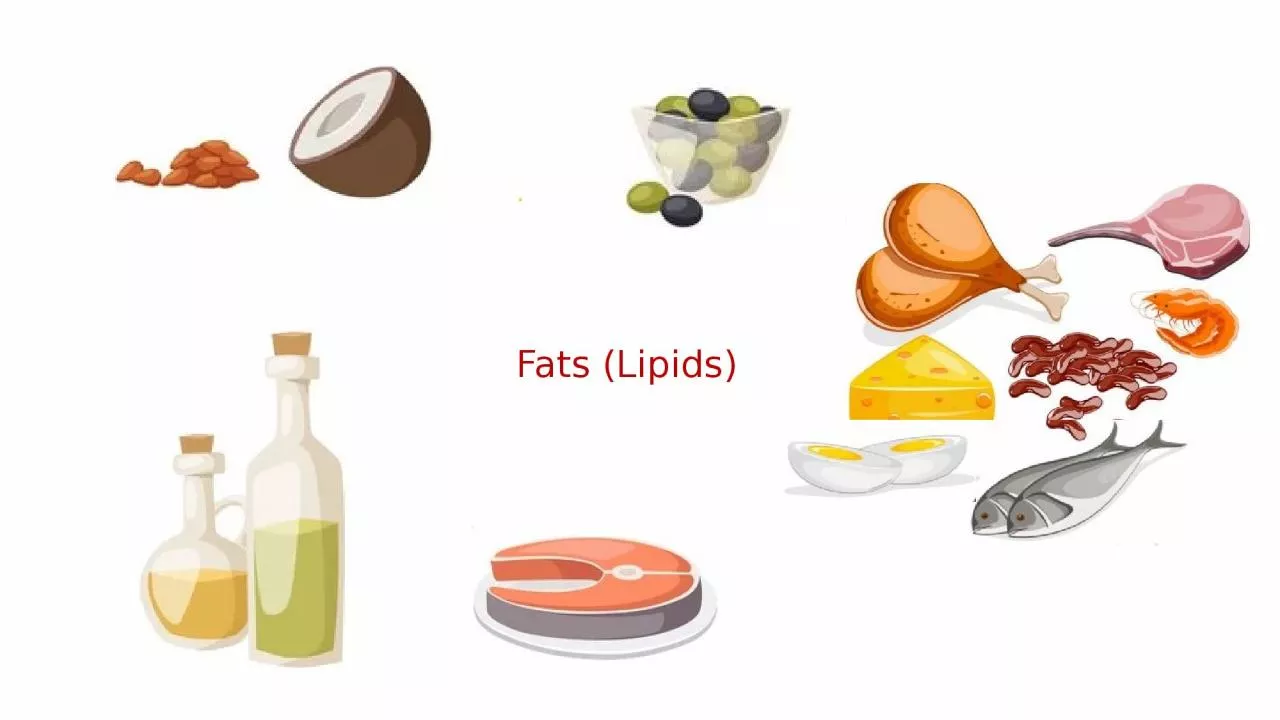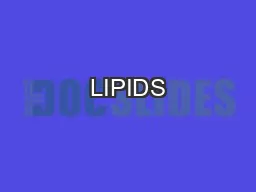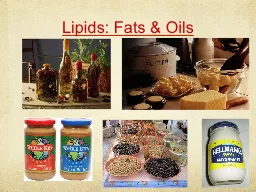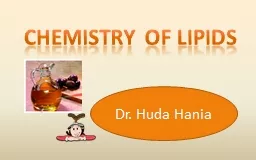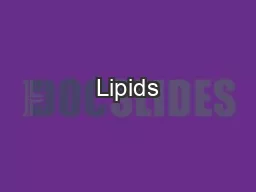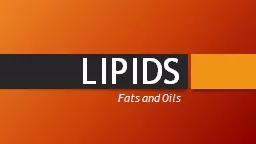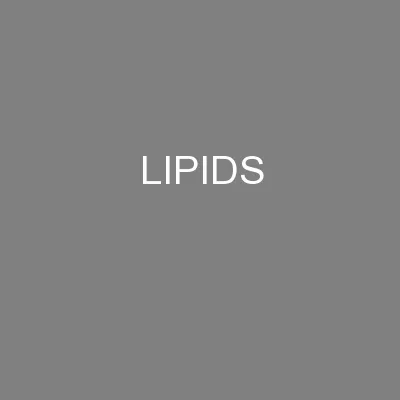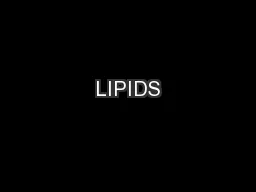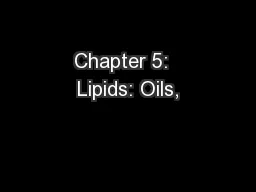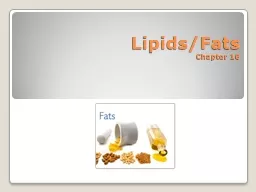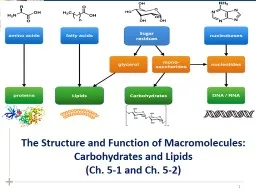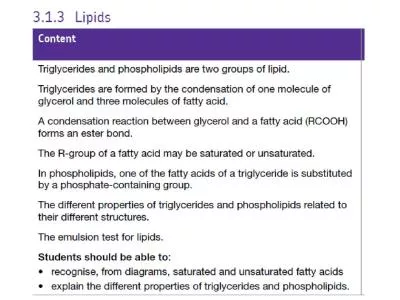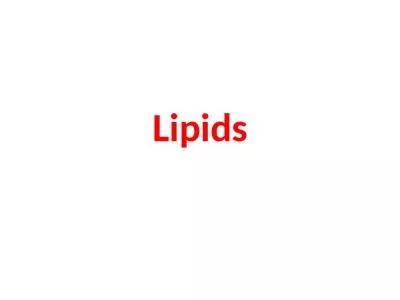PPT-Fats (Lipids) We will learn about :
Author : carny | Published Date : 2024-03-13
Composition how fats are made Classification how fats are classified Sources how much we need and where we can get it Functions what they do in our bodies
Presentation Embed Code
Download Presentation
Download Presentation The PPT/PDF document "Fats (Lipids) We will learn about :" is the property of its rightful owner. Permission is granted to download and print the materials on this website for personal, non-commercial use only, and to display it on your personal computer provided you do not modify the materials and that you retain all copyright notices contained in the materials. By downloading content from our website, you accept the terms of this agreement.
Fats (Lipids) We will learn about :: Transcript
Download Rules Of Document
"Fats (Lipids) We will learn about :"The content belongs to its owner. You may download and print it for personal use, without modification, and keep all copyright notices. By downloading, you agree to these terms.
Related Documents

